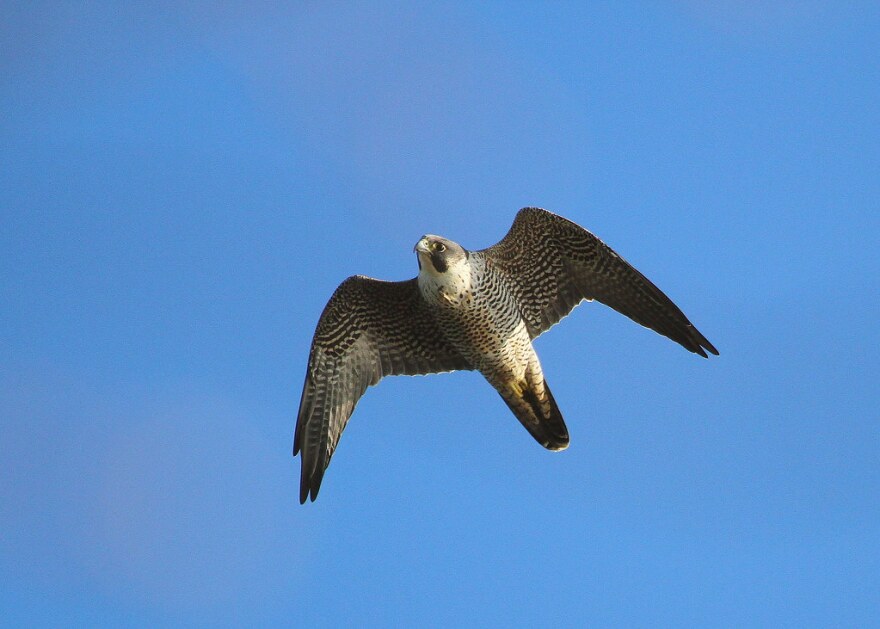At this birdiest time of year, the savvy birdwatcher knows the most efficient places to maximize their birding time. Places where you are just as likely to find an interesting warbler or sparrow, a rare shorebird, or an offshore seabird. A darting falcon or a furtive rail. These are places of sand, surf, and salt marsh, but also potentially productive patches of trees, fruit-laden thickets, and pocket marshes with fresh water. In fall, the savvy birders head to the big barrier beaches.
In summer, their names conjure images of wall to wall off-road vehicles, and plover wars. Sandy Neck, Nauset Beach, Race Point. The remotest and perhaps birdiest of all, South Monomoy, is spared such insults, thankfully designated as a federal wilderness embedded within a National Wildlife Refuge. In fall, they lose most of the trucks and come alive with migrating birds.
To illustrate this, let’s take a virtual trip down Barnstable’s Sandy Neck, using some actual birds seen back on the 15th by local birder Peter Crosson, Sandy Neck’s most prolific tally-er of birds.
Before we’ve left the parking lot, thousands of birds are already apparent in the form of huge rafts of all three scoter species blanketing the bay. Even more wing by continuously, west to east. All told there might be 15 or 20 thousand of these big ducks, or even more – both research and personal experience has shown we humans systematically underestimate large numbers. These birds are fresh from Northern Canadian lakes and tundra pools where they breed. Some will be around all winter, but now is the time to see the spectacle of the big flocks. Eight different Common loons are also on the bay, one giving that haunting, tremulous call known even by non-birders, the one that so improves the aesthetic of any water body.
Uncommon songbird migrants from higher latitudes make appearances – an American Pipit from some faraway tundra or alpine meadow forages in beach wrack like a sandpiper, and later an Arctic breeding Lapland Longspur appears among more common, locally breeding Horned Larks in the dune grass. Barrier beaches are full of seed laden goldenrods and grasses, and so are great places to catch certain northern finches in irruption years, and sure enough, almost 150 Pine Siskins are here today in several flocks.
Shorebirds are scattered along the beach, with a distinct concentration toward the tip. Close to 2000 sandpipers and plovers are here, mostly the late season usuals -Black-bellied and Semipalmated Plovers, Sanderlings, and Dunlin, but also scattered, lingering goodies like a few Pectoral and White-rumped Sandpipers and 11 Red Knots, a federally listed sandpiper from the highest Arctic.
No barrier beach in October would be complete without the terror of the fall skies, the Peregrine Falcon. With the same shape and potential energy of a bullet in a loaded gun, these aerial hunters are often seen sitting on the beach, choosing their next victim while digesting the last. Sure enough, one is doing just that near the Black-bellied Plover flocks at the tip. This plumpest of the plovers would make a nice meal for a peregrine.
All told, 61 species were seen here across two trips this past week, with dozens of others possible. While many of these birds and habitats can be seen within a comfortable walk from the parking lot, unless your dating profile says you like really, really long walks on the beach, a four-wheel drive truck or boat is helpful to reach the tip of most of the big barrier beaches, where something interesting always seems to be, just a little further, just out of reach of your eyes and legs.








